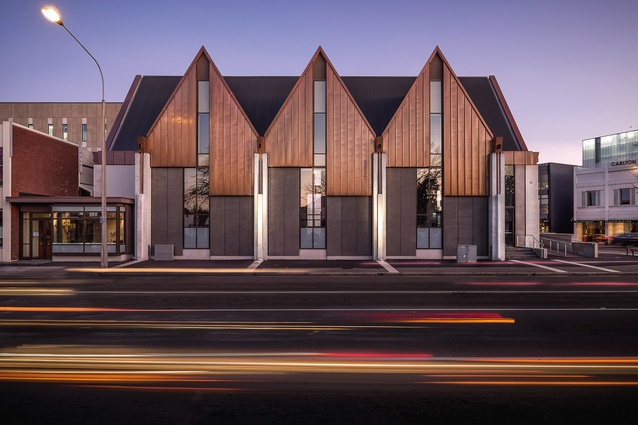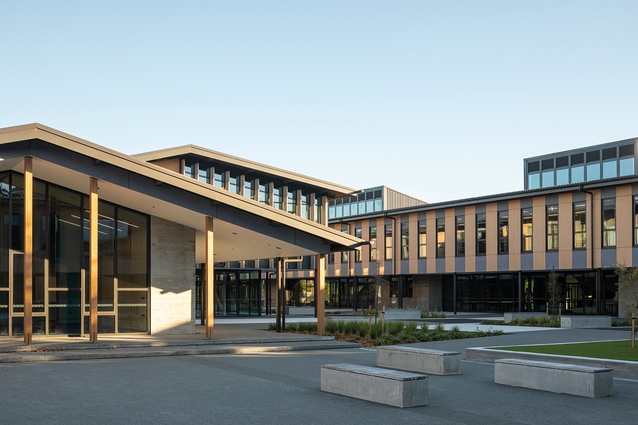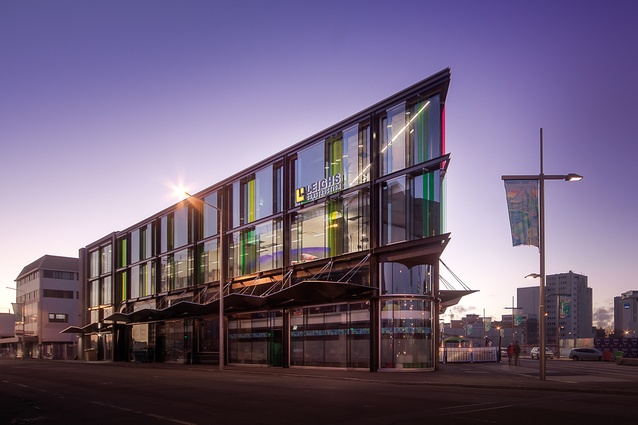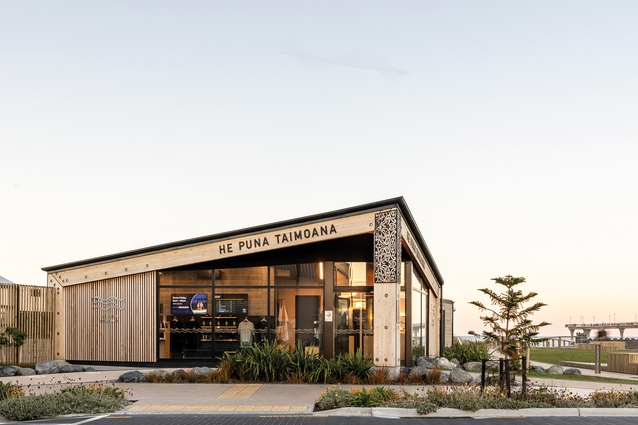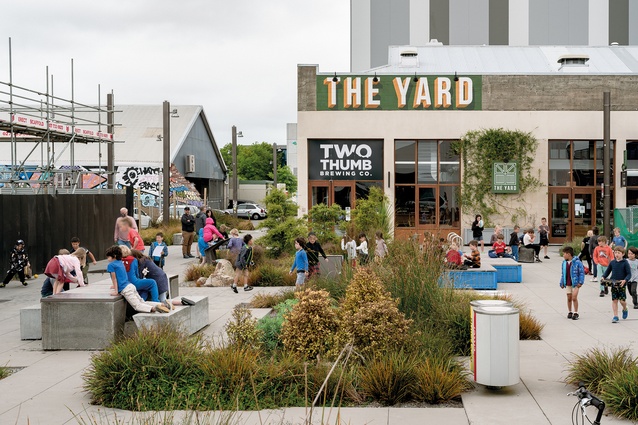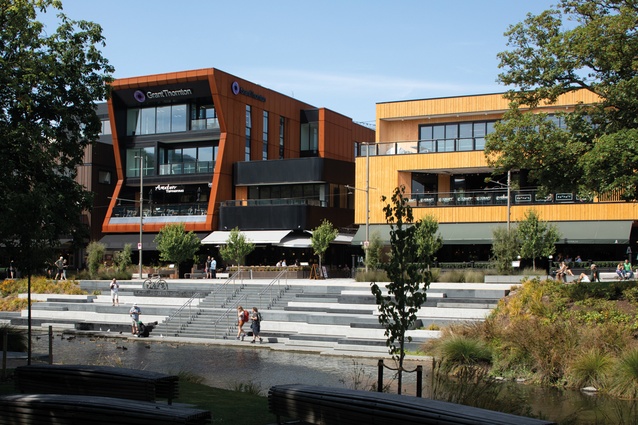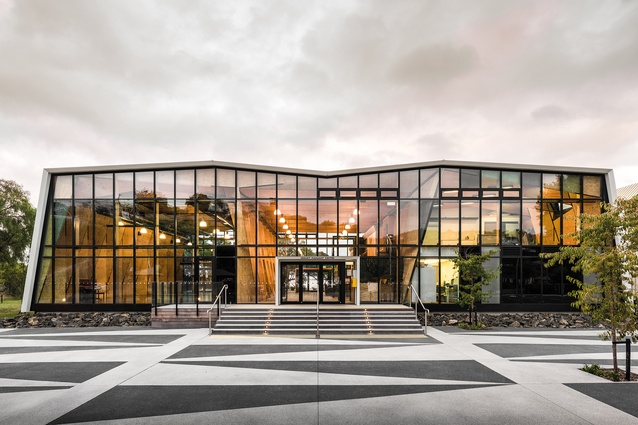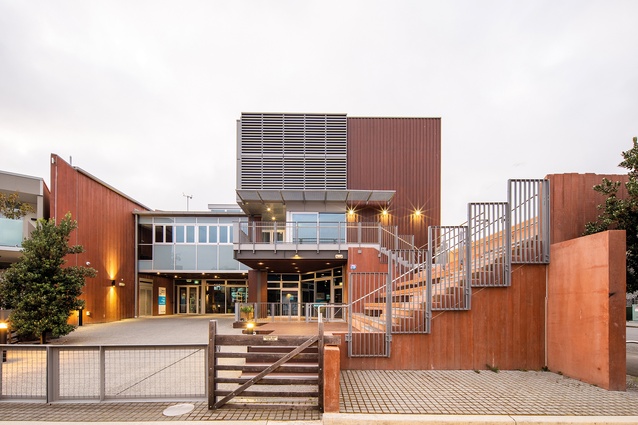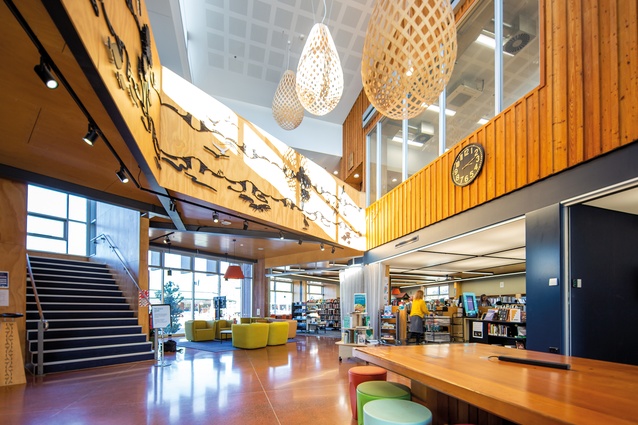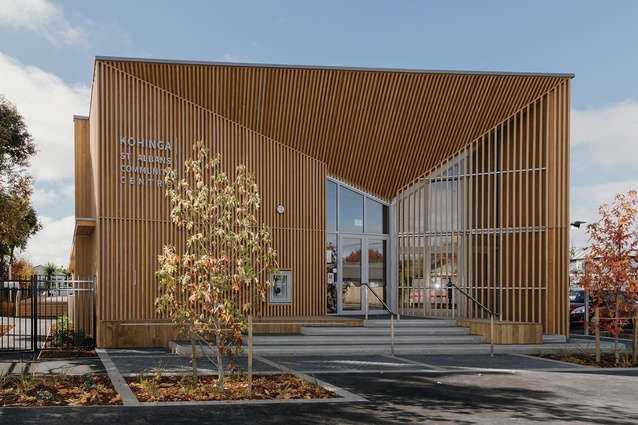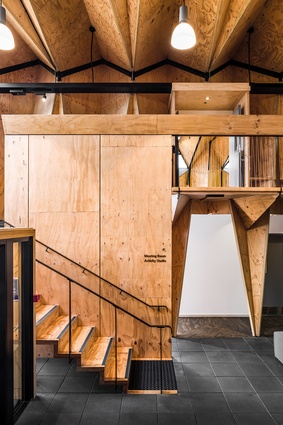Shifting Foundations: Post-quake architecture of Ōtautahi Christchurch
A lot of things got shaken around in the Christchurch earthquakes of 2010 and 2011: those lost in that awful February lunchtime; those immediately affected by their loss; those who lost their houses and livelihoods; and, of course, the city.
Shifting Foundations is an interesting collection of essays reviewing the last 12 years of rebuilding since the earthquakes. While each of the essays has a different focus, there is a recurrent theme throughout the book — that of the reconfiguration of the city. Central to this is the critical role of mana whenua in reworking Christchurch, a city that prided itself on its English heritage, to become Ōtautahi, a city with greatly increased engagement with its longer history and a more profound sense of place.
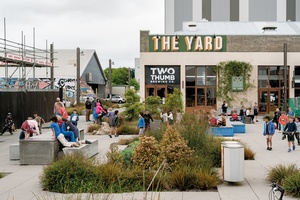
If the role of Matapopore, the organisation formed of iwi to advise and work with the development agencies and within project teams, has had a positive effect, another key player, central government, has a somewhat less successful track record. One cannot help but feel that a huge opportunity was lost when the dust had settled, the locals’ Post-it notes full of hopes and dreams were set aside and replanning begun in earnest.
We are, of course, looking back with the privilege of hindsight yet, time and again, through the text come descriptions of missed opportunities: the too-rapid demolition of buildings before assessment of anything but structural integrity being particularly disappointing.
The brute power of central government’s role is contrasted with those projects in which local communities have had a greater say in the outcome: Athfield’s Sumner community facility and Chris Moller’s Mount Pleasant Community Centre, for example.
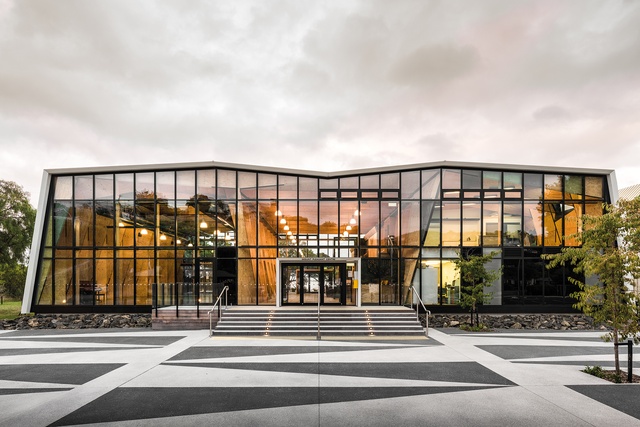
The promotion of the communities’ sense of place that these two represent is matched by the commitment of a few private landowners and developers to rebuilding the commercial life of the city, often despite the strictures of central government.
Throughout the book, each building is described in detail that supports the essayist’s focus. The design of Sheppard & Rout’s quick-off-the-block Stranges and Glendenning Hill building set itself a goal of resisting earthquakes by achieving 150 per cent of the new building standard and is compared with later engineering approaches.
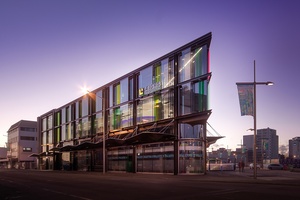
For a while, the use of structural timber hinted at a possible low-carbon city, before the developers and funders’ familiarity with steel and glass led to that option becoming the preferred technology. The book is in two sections; the essays, each written by a different author and having different aspects of the rebuilding as its focus, are followed by a series of short monographs on buildings that either survived the quake and were subsequently repaired and strengthened, or have been constructed in the intervening years. Though many hands have written the text, it reads clearly and consistently, bespeaking rigorous sub-editing, though neither sub-editor nor editor is credited.
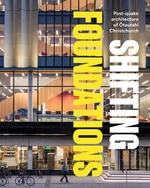
The two sections of the book are linked by a map in which a lack of common numbering and naming between map and monograph make finding some buildings a wee bit complicated and captions to the photographs might have offered more extensive insights into the projects, too. A caption can be an enticement to draw you into the main text with a cryptic comment or a hint of an idea developed within the main text. These are small and carping criticisms. It is a fine book, that has interesting individual essays building to form a good commentary on what happens when the political, social, commercial and cultural forces that shape our cities are forced into overdrive, their work unleashed in a few years rather than the decades we are more familiar with.
Shifting Foundations: Post-quake architecture of Otautahi Christchurch
Foreword Bernadette Muir
Freerange Press, 2023

